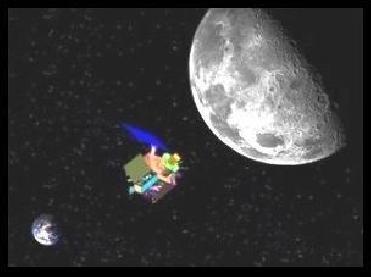
A file photo
BANGALORE (PTI): A Chandrayaan-1 moon mission payload has enabled scientists to study the interaction between the solar wind and a planetary body like moon without a magnetic field, a meeting convened by ISRO was told.
The payload in question is a joint one of Sweden and India -- Sub KeV Atom Reflecting Analyser (SARA) which covered the entire lunar surface several times, ISRO said in a statement at the end of a meeting of payload scientists from India and abroad connected with the Chandrayaan-1 mission.
Scientists from ISRO, National Aeronautics and Space Administration (NASA), USA, and European Space Agency (ESA) met here Monday and Tuesday and reviewed the data sets obtained from the 11 payloads (scientific instruments) on board the lunar craft.
The scientists discussed results obtained from that data, some of which are being reviewed by a peer review committee.
ISRO said the 11 payloads have largely met their objectives of studying the moon from different perspectives.
Among those, four instruments -- Terrain Mapping Camera (TMC), Moon Mineralogy Mapper (M3), Hyperspectral Imager (HySI) and Smart near Infrared Spectrometer (SIR-2) -- have provided extensive data on moon's topography, mineralogy and chemistry.
"TMC and HySI payloads of ISRO have covered about 70 per cent of the lunar surface, while M3 covered more than 95 per cent of the same and SIR-2 has provided high-resolution spectral data on the mineralogy of the moon", ISRO.
Indian Space Research Organisation said interesting data on lunar polar areas was provided by Lunar Laser Ranging Instrument (LLRI) and High Energy X-ray Spectrometer (HEX) of ISRO as well as Miniature Synthetic Aperture Radar (Mini-SAR) of the USA.
LLRI covered both the lunar poles and additional lunar regions of interest, HEX made about 200 orbits over the lunar poles and Mini-SAR provided complete coverage of both North and South Polar Regions of the moon.
Another ESA payload -- Chandrayaan-1 imaging X-ray Spectrometer (C1XS) -- detected more than two dozen weak solar flares during the mission duration. The Bulgarian payload called Radiation Dose Monitor (RADOM) was activated on the day of the launch itself and worked till the mission's end.
ISRO said scientists from India and participating agencies expressed satisfaction on the excellent performance of Chandrayaan-1 mission as well as the high quality of data sent by the spacecraft.
They have started formulating science plans based on the data sets obtained from the mission. It is expected that in the next few months, interesting results about lunar topography, mineral and chemical contents of the moon and related aspects are expected to be published, ISRO said.
ISRO terminated the Chandrayaan mission, which was to last two years, on August 30 after it failed to re-establish contact with the lunar craft, ten months after it was launched.
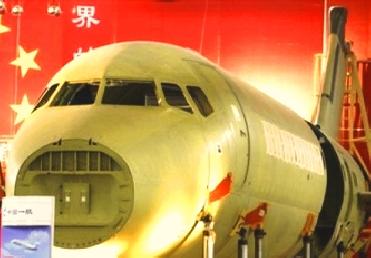 Previous Article
Previous Article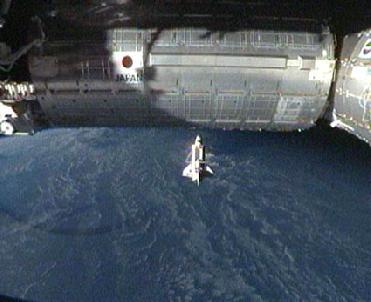 Next Article
Next Article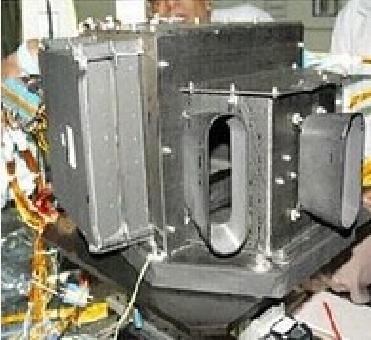
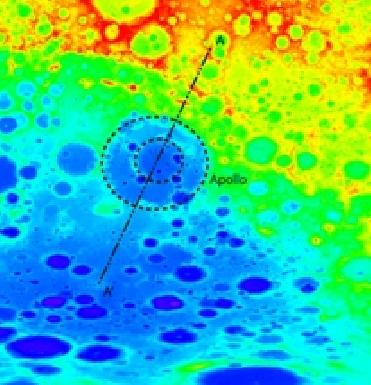
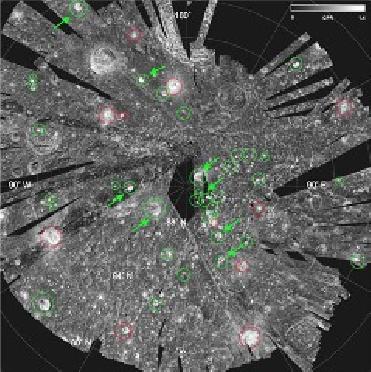
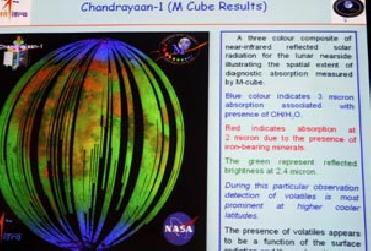










The Indian Air Force, in its flight trials evaluation report submitted before the Defence Ministry l..
view articleAn insight into the Medium Multi-Role Combat Aircraft competition...
view articleSky enthusiasts can now spot the International Space Station (ISS) commanded by Indian-American astr..
view article